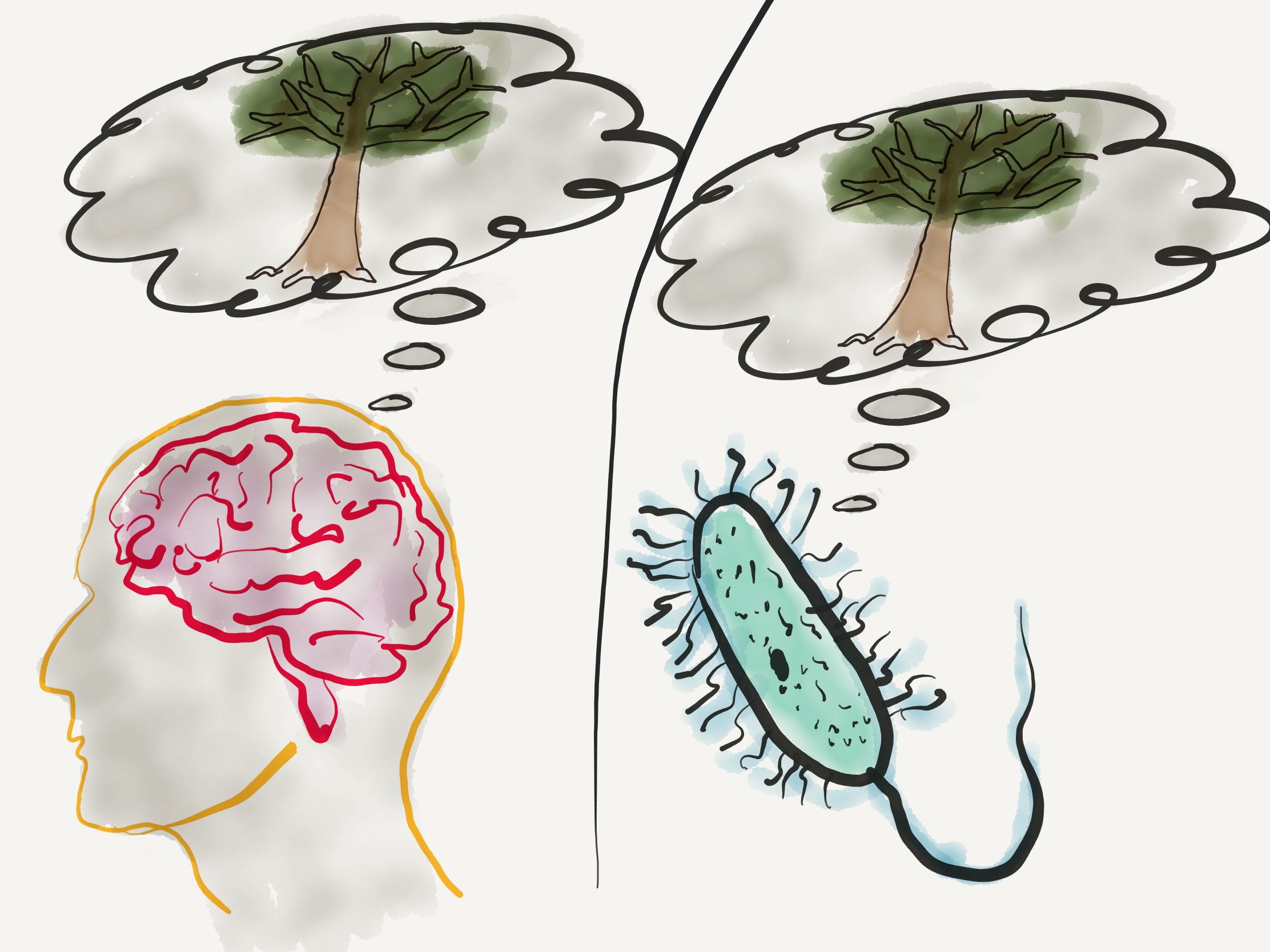Dissonant Qualia, Distilled
As I work on cleaning up and finishing my dissertation, I’m creating ‘distilled’, snack-sized versions of each chapter. I hope this helps me: a) see the ‘big picture’, b) get high-level feedback from more people, and c) entice people to read the real thing.
This post distills “Dissonant Qualia: Why Phenomenal Kinds Must Have Matching Functional Kinds”.
Inverted qualia cases ask: is it conceivable to vary phenomenal character without a corresponding variation in functional structure? For example: Can you conceive of a subject that duplicates your functional structure, but with red experiences and green experiences swapped?
Most philosophers will grant that such phenomenal swaps are conceivable. But how far can we take this? Which phenomenal swaps are conceivable? Can we swap out red experiences for, say, a feeling of impending doom?
It’s important to notice that inverted qualia cases are designed to pick off the easiest, most plausible kinds of phenomenal swaps. With color experience, for instance, inversion seems intelligible precisely because our color experience has structural symmetries built into it. That is, the qualities presented to us in color experience are organized around three ‘dimensions’ of variation, and the values within each dimension can be ‘flipped’, while still preserving the overall structure of that dimension of variation.

So the ultimate lesson of inverted qualia cases, then, is this: structure-preserving phenomenal quality transformations will always be consistent with the same underlying functional facts.
But what about structure-distorting phenomenal transformations? These are what I call dissonant qualia cases. In general, such cases involve a putative mismatch between the phenomenal quality structure and functional structure. And I think such cases are inconceivable.
Here’s one example: say you’re having the visual experience of watching a rocket launch. You see a billowing ploom of smoke; the stark white fuselage pops out against the deep blue summer sky; etc. Keeping this phenomenology fixed, consider the following functional transformations:
- Swap out your visual cortex (and any corresponding visual states/information sent to central cognition) with the visual cortex of rat who’s watching the same rocket launch.
- Same as (1), except the activity in the substitute rat visual cortex corresponds to activity normally be produced when a rat was is scurrying along a sewer pipe.
- Swap your vision hardware with your audition hardware. (Could you experience the output of auditory processing as the visual experience of the rocket launch?)
- Swap out your visual cortex for the sonar-sensing mechanisms of a bat.
- Swap out all your physical hardware for the physical hardware of an amoeba.
- Swap out all you physical hardware for the physical hardware of a single particle, suspended in an otherwise empty universe.
As we get increasingly further away from the kind of functional architecture that underlies normal human color vision, it should be increasingly implausible to claim that the case is conceivable. In particular, it’s implausible that your rocket launch experience, with all it’s fine-grain phenomenal distinctions, can have the same sort of relation to these degraded architectures as it has to your existing vision architecture. And while this problem is brought out most clearly in (6), we should, on reflection, recognize that (1) has precisely the same problem.
The larger intuition I want to be pumping is this: phenomenal kinds bring along with them a certain characteristic structure of variation. And that phenomenal structure has to be mirrored in functional structure of any organism/system to which we ascribe experiences of that kind.
Other Dissertation Posts:
For discussion…
